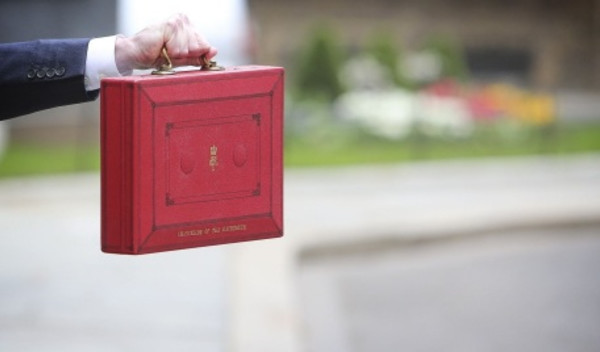

As such, the Money Advice Service, The Pensions Advisory Service and Pension Wise (set up just last year) will be scrapped. The government said it will create a new pensions guidance body. It is not yet known how it will be funded and whether there will be any consultation before it is set up. A new “money guidance body” will aim to identify gaps in the financial guidance market and commission providers to fill them to ensure consumers can get access to debt advice and money guidance.
Stamp duty
While nothing was changed for residential properties, stamp duty is set to change for commercial properties. The new rates will mean 0 per cent for the portion of the transaction value between £0 and £150,000; 2 per cent between £150,001 and £250,000; and 5 per cent above £250,000.
This is undoubtedly good news for the Sipp and SSAS markets, which thrive on their ability to hold commercial property.
Greg Kingston, head of marketing at Suffolk Life, said the lowering of the cost of buying a commercial property within a Sipp is “very welcome”. He added, “It should raise awareness of the opportunity among investors. Industry figures suggest that fewer than 3 per cent of all commercial property transactions are made by Sipps.” He believes this figure could now start to grow following the Budget.
Personal allowance
The personal allowance will be increased from £11,000 in 2016-17 to £11,500 in 2017-18. As announced last year, the higher-rate threshold will rise from £43,385 in 2015-16 to £45,000, starting this April. The government also aims to raise the personal allowance rate to £12,500 and the higher rate threshold to £50,000 by the end of the current parliament. Isa allowances will also have a boost, rising to £20,000 a year from April 2017.
Salary sacrifice
It was long rumoured that salary sacrifice for pensions would be removed but this has not changed, instead it was announced the government is considering limiting the range of benefits when provided as part of salary sacrifice schemes.
“Given the damage that this might have done to pension saving and the willingness of employers to support and maintain their pension schemes, this is welcome,” said Malcolm McLean, senior consultant at Barnett Waddingham.
Other
The standard rate of insurance premium tax will rise across all insurance products, an increase of 0.5 percentage points from 9.5 per cent to 10 per cent from 1 October this year.
The government is legislating to convert dependants’ flexi-access drawdown accounts to nominees’ accounts when dependants turn 23. This is so they do not have to take their funds as a lump sum taxed at 45 per cent, giving the same opportunities as other beneficiaries.
Elsewhere in pensions, tax treatment of serious ill-health lump sums with lump sum death benefits is to be re-aligned, so it can be paid tax-free when someone aged under 75 has less than a year to live, but has already accessed their pension.
A Lifetime Isa will be available from April 2017 for under-40s with a government bonus of £1 for every £4 saved.
| Lifetime Isa facts |
• Savers can put away £4,000 a year, with a government bonus of 25 per cent – up to £1,000 a year • Designed to be used to buy first homes or keep until savers are at least 60 • Open from April 2017 for people between the ages of 18 and 40 • Accounts limited to one per person rather than one per home • Help to Buy Isa can be transferred into a Lifetime Isa in 2017 or save into both, but the government bonus can only be used for one • After their 60th birthday, savers can take out all the savings tax-free But…• While you can withdraw money at any time before age 60, you will lose the government bonus as well as any interest or growth, and will have to pay a 5 per cent charge. |



